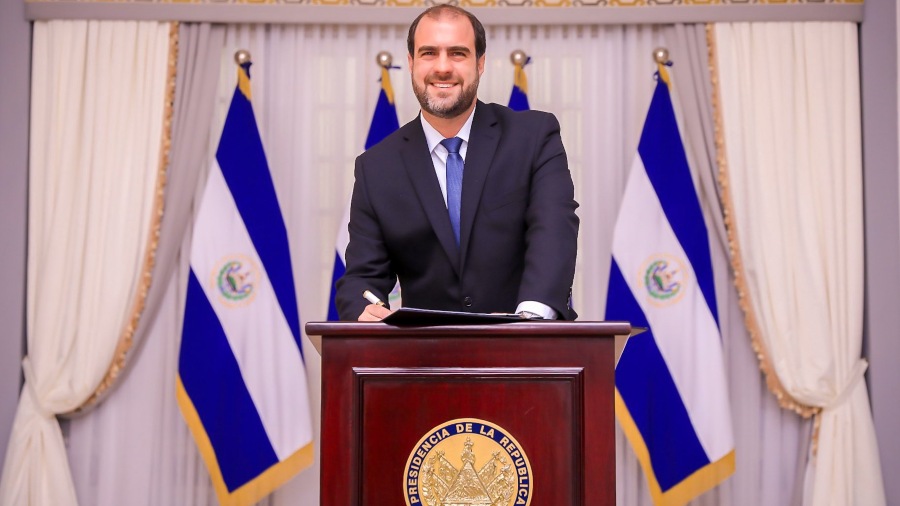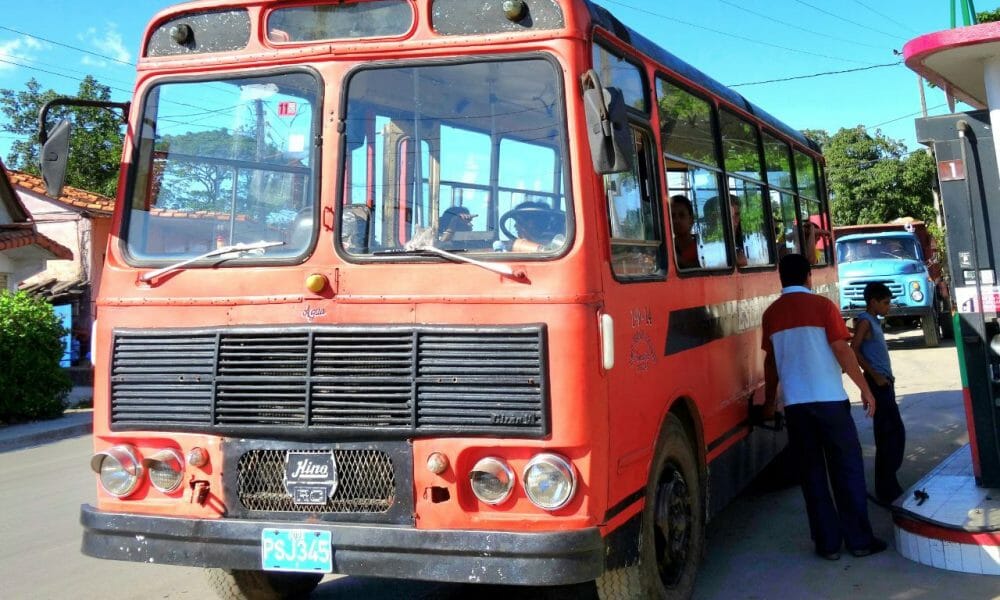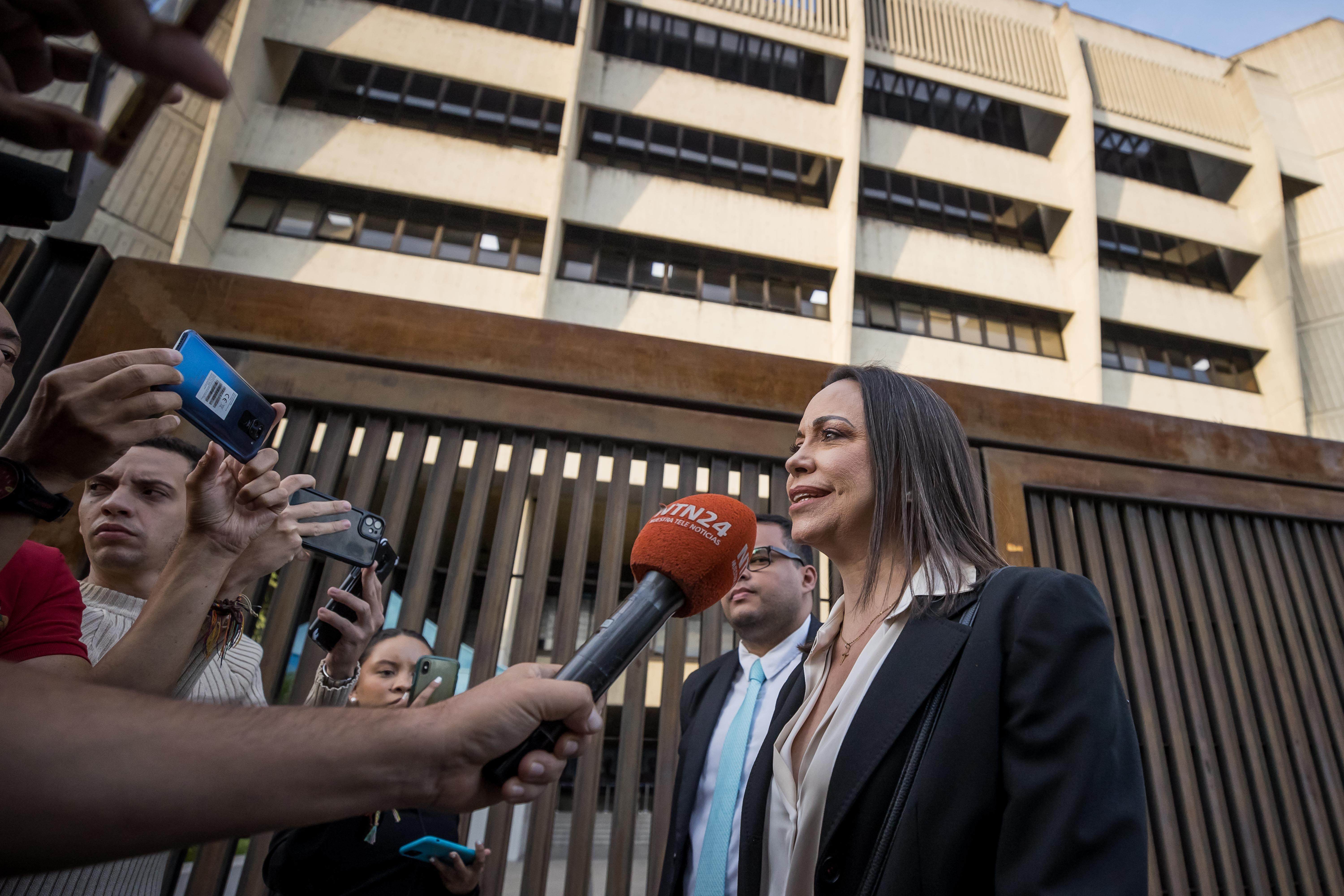Votes from the countryside, the forest and abroad will largely define the presidential ballot in Peru, where the right-wing will benefit. Keiko Fujimori Left-wing Point Castillo was reduced to tenth this Monday, with more than 93% of the tables explored.
Fujimori This is slightly ahead of Castillo with 50.2% of the vote, while his rival adds 49.7%, according to the Office of the National Electoral Processes (ONPE), which recorded 93.7% of the vote at 07:48 local time on Monday. 12:48 GMT).
“People will only save people. Be careful not to fall for any provocation […], I ask you to control, ”Castillo told his supporters this Monday morning in his castle in Cajamarca, 900 km north of Lima, where he will wait until the ballot is stopped.
Fujimori, 46, who did not comment on the first official figures, suggested that exit point decisions should be made “prudently” because the margin of difference is “small”.
On Sunday night, the first official turnout of 42% of the electorate sparked joy in places such as Miraflores, Lima’s richest districts, where people went to the windows of their homes to celebrate partial victory. Fujimori (Almost six points at the time), the AFP journalist confirmed.
The first results gave courage to those who feared that their country would “fall into communism” if 51-year-old Castillo were president.
In Castillo’s brave town of Tacabamba, the peasants gathered at dusk and danced confidently to the tune of the Andean band: “Our votes are not yet lost,” they warned.
With such an advanced figure, ONPE and local media circles stressed the need to be vigilant this Monday. “Minutes are still missing from abroad and in the remote countryside, so the outcome is still uncertain,” analyst Fernando Dusta told the Latin TV channel.
– Quick count, can’t go wrong? –
Following the closure of polling stations on Sunday, Ipsos’ exit poll provided a boost. Fujimori 50.7% to 49.7% of his rival, but after a quick turnout of the same poll gave a reverse result, 50.2% to a rural school teacher and 49.8% to the imprisoned former president Alberto’s daughter. Fujimori.
Fernando Dusta, the former leader of the ONPE, said the quick figure, with an margin of 1% error, was “never wrong” in the Peruvian presidential election.
ONPE always provides results from urban areas in its first reports and the percentage of missing, which takes time to explore, comes from rural, forest and overseas areas.
If there are no setbacks this Monday, the results could reach irreversible levels, but the voting challenges have not been ruled out, which could delay the definition if a narrow difference occurs.
The United States (OAS) election monitoring mission in Peru, led by Paraguay’s former foreign minister Ruben Rameres, has so far supported the work of Peruvian election officials.
– A woman or a poor man? –
Keiko Fujimori, Married with two daughters, will serve as the first president of Peru for 15 years since he embarked on the task of rebuilding the right-wing political movement founded by his father in the ashes in 1990.
But losing the ballot does not mean his third defeat in the election, but he will have to go to trial with the risk of ending up in jail.
Fujimori It is under investigation over a case involving the illegal contributions of Brazilian construction company Odebrecht, which affected four former Peruvian presidents. He has already been remanded in custody for 16 months for this reason.
Castillo, on the other hand, who led the teachers’ strike and came out of anonymity four years ago, will be the first Peruvian president without ties to the political, economic and cultural elite if he wins.
Castillo will be “Peru’s first poor president,” analyst Hugo Ottero told AFP.
– In intensive care –
The new president will accept the rule of a country in crisis on July 28. It has four leaders from 2018. It has the highest mortality rate in the world due to the epidemic, with more than 185,000 people dying out of a population of 33 million.
Last year, the health crisis paralyzed the economy for more than 100 days, leading to a recession and a 11.12% drop in GDP by 2020.





